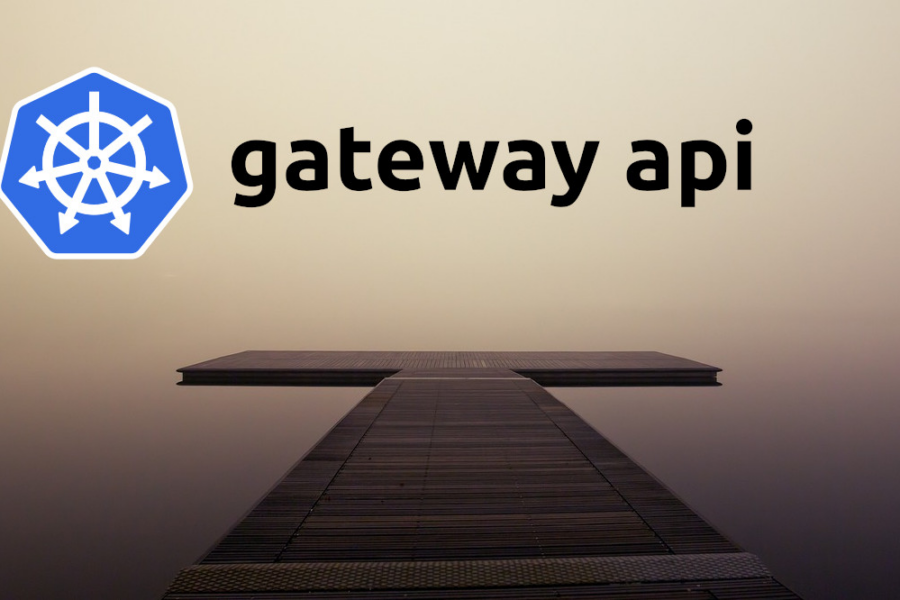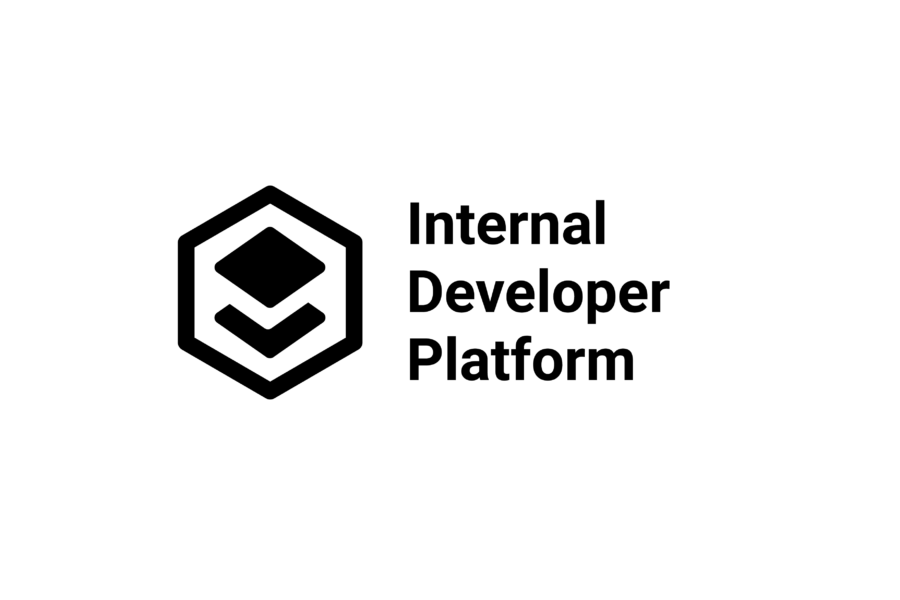
Never Pay for Unused Resources Again: Automate with nOps
Date : May 30Time : 9-10 am PST Who likes paying for something they don’t use? We certainly don’t! Many resources in cloud environments don’t need to run all the time. If you’ve ever wanted to put resources on a schedule but never found the time to do it, this session is perfect for you….

Introduction to Infrastructure as Code on Azure with Pulumi
Are you ready to streamline your infrastructure management on Azure? This virtual workshop dives into Infrastructure as Code (IaC) using Pulumi Cloud, designed specifically for beginners. Workshop Details: What You’ll Learn: Who Should Attend: This workshop is ideal for anyone new to Pulumi and interested in leveraging IaC for efficient Azure infrastructure management. Hands-on Exercises:…

Wasmi 0.32: A Leap Forward in WebAssembly Execution Performance
Wasmi, a popular and versatile WebAssembly (Wasm) interpreter, has just released its most significant update yet – version 0.32. This update brings a dramatic performance boost for both startup times and execution speed, making Wasmi an even more compelling choice for various use cases, including: Blazing-Fast Startups Wasmi 0.32 introduces several key optimizations that significantly…

Kubernetes Gateway API 1.1 Released: Standard Features & New Experiments
The Kubernetes Gateway API team is excited to announce the release of version 1.1! This update brings several key features to the forefront, along with some intriguing experimental additions. Standard Channel Promotions: Dive Deeper: Advanced Routing with HTTPRoute: Improved Conformance Reporting: Experimental Features: Easy Upgrade Path: The Gateway API offers independent versioning, allowing you to…

From Tools to Platforms: Mastering Developer Productization
Date : June 26Time : 2-3 pm PST Introduction Join us for an in-depth discussion on how to “productize” a developer platform within an organization. We’ll explore best practices, experiences, and advice on creating a cohesive, user-friendly platform that enhances productivity and innovation. Topics include Technology, DevOps, AI, Argo, and more. Understanding Productization Productization: Transforming…

Understanding the ELF Object File Format: A Look Back and Beyond
The ELF object file format is widely adopted by many UNIX-like operating systems. Exploring the historical evolution of ELF and its connection to the System V ABI offers interesting insights. The ELF format comprises the generic specification, processor-specific specifications, and OS-specific specifications. Three key documents often emerge when searching for the generic specification: The TIS…

ClickHouse Fundamentals for Free: Master the High-Performance Database
Have you heard the buzz about ClickHouse, the ultra-fast analytical database engine? Curious to see what it can do for your data analysis needs? We’ve got the perfect opportunity for you! Free ClickHouse Fundamentals Training We’re offering a comprehensive free 2-day (3 hours each day) instructor-led training program, “ClickHouse Fundamentals.” This is your chance to…

Free Webinar: Master Kubernetes Cost Optimization on AWS
Cloud-native environments offer incredible flexibility and scalability, but managing costs can be a constant battle. This free webinar, brought to you by AWS, Kubecost, and Nirmata, will equip you with the knowledge and tools to prevent cost overruns before they happen. The Power of Proactive Cost Control This webinar dives deep into a powerful combination:…

Collaborate and Thrive: The Essential Role of Community Involvement
Date : June 12Time : 2-3 pm PST Why Community Involvement is Crucial Community involvement is a cornerstone of personal and professional development. Engaging with the community provides numerous benefits, ranging from personal growth to advancing one’s career. For individuals in the STEM fields, as well as adult engineers, community engagement fosters a sense of…

Conquer Your Software Architecture Journey: A Guided Exploration
Feeling overwhelmed by the vast landscape of software architecture resources? You’re not alone. Choosing the right books, articles, and roadmaps can be a daunting task. This post is here to help! This community thread on r/softwarearchitecture serves as a treasure trove of curated recommendations from experienced professionals. It tackles the age-old question: “What resources can…
